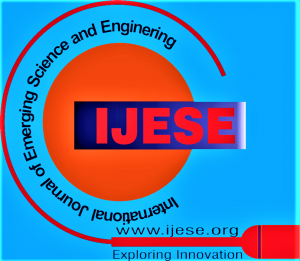![]()
Art as a Resource for Scientific Learning
Bruna Giunta
Bruna Giunta, Project Manager, Trainer in the Educational Field. CESIE, Itly.
Manuscript received on 20 July 2025 | First Revised Manuscript received on 28 July 2025 | Second Revised Manuscript received on 10 August 2025 | Manuscript Accepted on 15 August 2025 | Manuscript published on 30 August 2025 | PP: 20-24 | Volume-13 Issue-9, August 2025 | Retrieval Number: 100.1/ijese.C25460211323 | DOI: 10.35940/ijese.C2546.13090825
Open Access | Editorial and Publishing Policies | Cite | Zenodo | OJS | Indexing and Abstracting
© The Authors. Blue Eyes Intelligence Engineering and Sciences Publication (BEIESP). This is an open access article under the CC-BY-NC-ND license (http://creativecommons.org/licenses/by-nc-nd/4.0/)
Abstract: During the COVID-19 pandemic, thousands of pupils and teachers stayed at home and were forced to adapt to online teaching from scratch due to the ongoing demand measures imposed by COVID-19. The online mode of teaching was approached differently from school to school, and teachers were often faced with complex situations alone while waiting for the entire education system to adapt. A great deal of effort was required of them, also necessitating the use of various ICT tools and resources to implement new approaches to teaching and learning, thereby developing skills that they did not necessarily already possess. In addition to achieving teaching objectives, teachers were also required to maintain contact with pupils to facilitate social integration. From this emergency, many questions were posed to the education system and the social system in general, and various measures were taken to address the gaps and prevent future problems resulting from social distancing.
Keywords: Art, Distance learning, Erasmus +, Science, STEAM, Three-Stage Model.
Scope of the Article: Real-Time Information Systems
